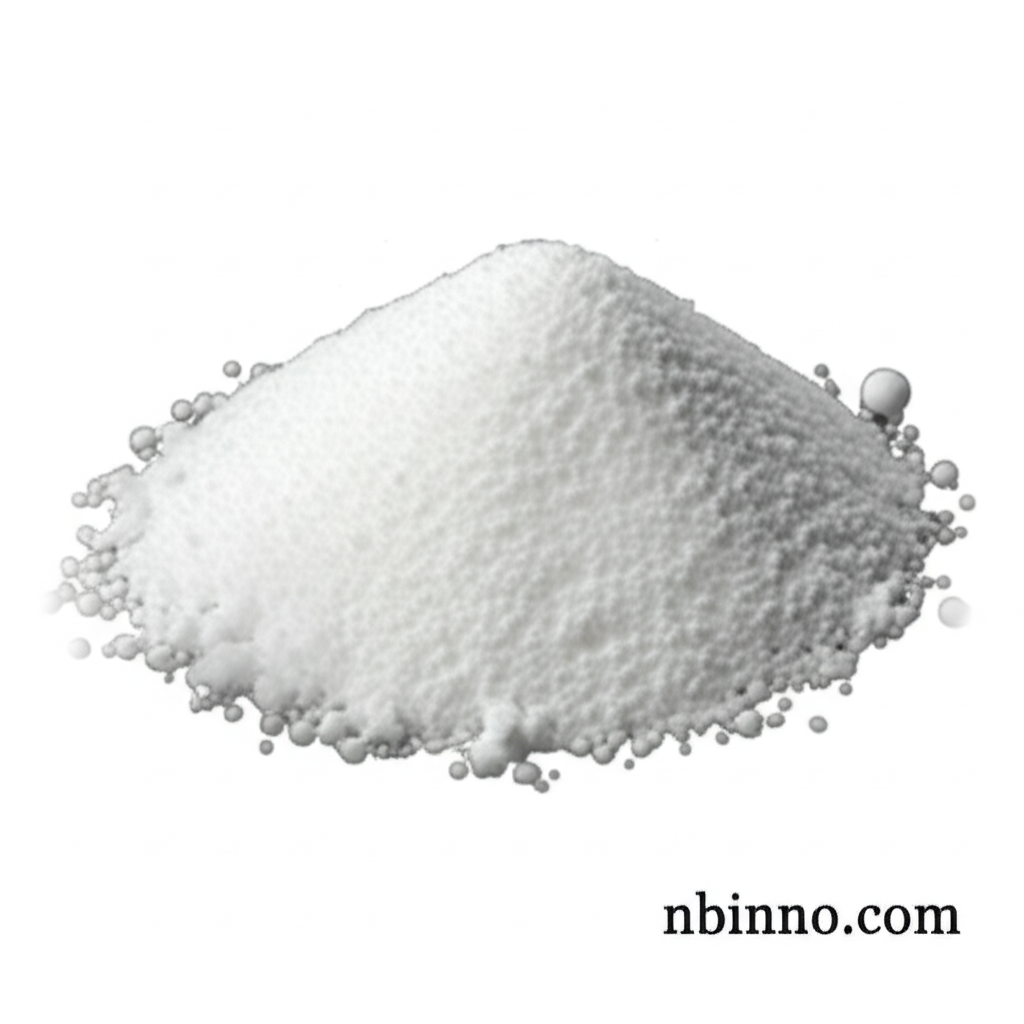Methoxypolyethylene Glycol Amine: A Versatile Reagent for Bioconjugation and Surface Modification
Enhance your research and development with high-quality methoxypolyethylene glycol amine for advanced applications.
Get a Quote & SampleProduct Core Value

Methoxypolyethylene Glycol Amine
Methoxypolyethylene Glycol Amine (CAS 80506-64-5) is a crucial organic intermediate utilized extensively for PEG modification. Its primary amine functional group makes it an excellent reagent for supporting peptide synthesis and preparing various polyethylene glycol-containing conjugates. This compound is integral to advancing drug delivery systems and surface modification technologies.
- Discover the diverse methoxypolyethylene glycol amine applications in pharmaceutical research and development, leveraging its unique chemical properties.
- Explore the competitive methoxypolyethylene glycol amine price options available for bulk purchases from reliable suppliers, optimizing your procurement budget.
- Understand the critical methoxypolyethylene glycol amine chemical properties that enable its use in complex bioconjugation strategies, ensuring successful experimental outcomes.
- Learn about the efficient methoxypolyethylene glycol amine synthesis pathways and quality control measures ensuring product purity and consistency, vital for reproducible results.
Key Advantages
Enhanced Biocompatibility
By incorporating methoxypolyethylene glycol amine, you can significantly improve the biocompatibility and reduce immunogenicity of your therapeutic agents, a key aspect in drug delivery.
Versatile Conjugation Capabilities
The terminal amine group of this reagent allows for straightforward conjugation with a wide array of molecules, supporting diverse bioconjugation strategies and creating novel biomaterials.
Improved Pharmacokinetics
Utilizing methoxypolyethylene glycol amine in drug development can lead to prolonged circulation times and enhanced stability in vivo, critical factors for optimizing therapeutic efficacy, as highlighted in various methoxypolyethylene glycol amine uses.
Key Applications
Bioconjugation
Facilitate the creation of stable and functional bioconjugates by utilizing the amine group for coupling with biomolecules, essential for advanced bioconjugation chemistry.
Drug Delivery Systems
Enhance the solubility, stability, and circulation half-life of pharmaceuticals, making methoxypolyethylene glycol amine a key component in developing effective advanced drug delivery systems.
Surface Modification
Impart desirable properties like reduced non-specific binding and improved biocompatibility to surfaces of medical devices and nanoparticles through targeted modifications.
Peptide Synthesis Support
Act as a soluble polymer support in solid-phase peptide synthesis, improving efficiency and yield in the creation of complex peptides for research and therapeutic applications.
